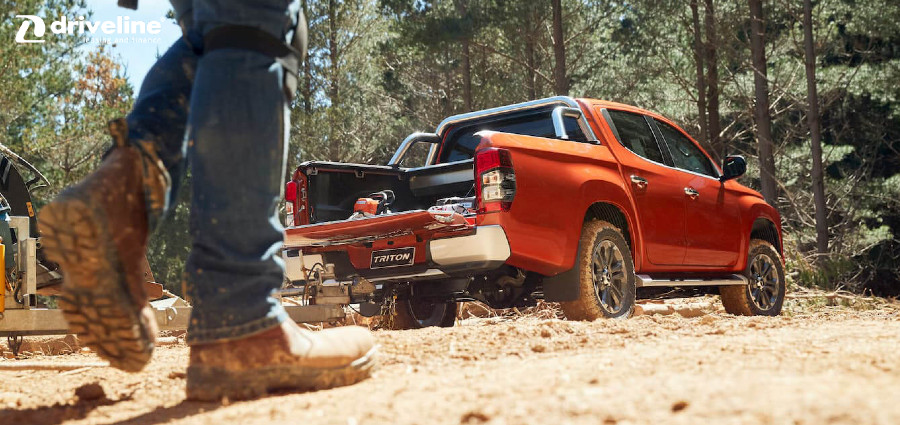Clean Car rebates cost the government 2x more than the Ute Tax collected last year. Here’s how we fear the shortfall will be funded.
There was a $98 million hole in the Clean Car scheme last year. Word on the street is that the ute tax charged to fund the rebates given to buyers of low-emission vehicles will increase in April.
Here’s how we see things…

Clean Car Discount
The Clean Car Discount scheme is a policy initiative introduced by the government in July 2021. It aimed to incentivise the purchase of new EVs and Hybrids by offering rebates of up to $8,625 including GST.
From 1 April 2022 that approach was ditched in favour of a sliding scale for all cars, not just EVs and Hybrids, based on CO2 emissions. The lower the vehicle’s CO2 emissions, the greater the rebate.
See Stuff’s Explainer: What the hell is the Clean Car Standard? for a deep dive.
How did the government intend to fund the increased number of vehicles that qualify for a rebate? We cover that next…
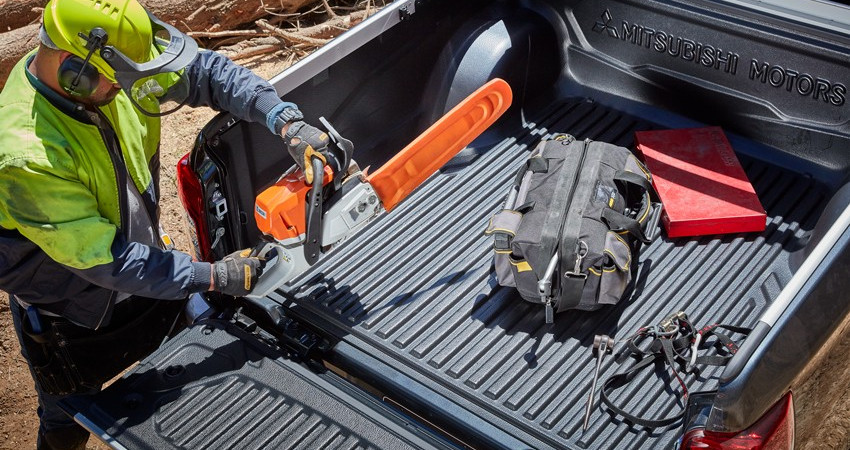
Ute tax
From 1 April 2022, the Clean Car Standard was added to the scheme. This saw high-emission vehicles slapped with fees ranging from a few hundred dollars to $5,175 including GST, and is now popularly known as the “ute tax”.
The Clean Car Standard applies to all new cars, SUVs and light commercial vehicles. Commercial vehicles tend to have higher CO2 emissions and are therefore punished the most, hence the “ute tax” moniker.
The ute tax aims to influence supply by requiring vehicle importers to meet progressively tougher emissions standards for the fleet of vehicles they supply.
The combination of the extra fees on higher-emission vehicles (Clean Car Standard) and the rebate on zero- and low-emission vehicles (Clean Car Discount) morphed the Clean Car scheme into a “feebate”.
Feebate
The Clean Car scheme was intended to be cost neutral by using the fees charged on high-emission vehicles to cover the rebates on zero- and low-emission vehicles, hence the term “feebate”.
The ute tax on high-emitting vehicles like utes and SUVs is used to fund the rebates for people buying low- or zero-emissions vehicles.
A tradie buying a new ute and being stung with the maximum ute tax of $5,175 might be subsidising an advertising executive buying a new Lexus UX 300e and getting the maximum rebate of $8,625.
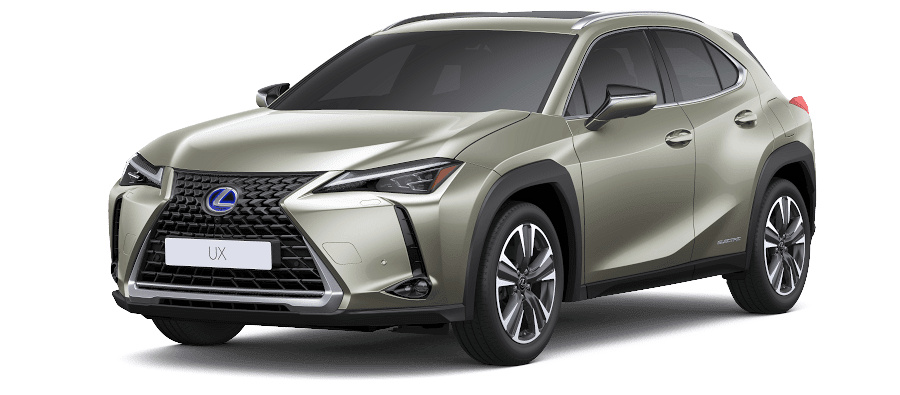
TL;DR
The government wants you to buy a vehicle with lower CO2 emissions. It’s doing that by making you pay a ‘ute tax’ if you buy a vehicle with higher CO2 emissions and giving that money back to other people if they buy a vehicle with lower CO2 emissions.
The higher the emissions, the more you pay… up to $5,175.
The lower the emissions, the more money you get back… as much as $8,625.
The ‘Ute Tax’ backlash
Stuff quotes ACT Party transport spokesperson Simon Court, who asks, “Why should tradies be taxed to subsidise Teslas?”
In the article Court also reveals, “The ute tax is expected to increase the price of used cars by 20-25%, making life tougher for everyday Kiwis grappling with the cost-of-living crisis. ACT is the only party who has voted against it at every opportunity in Parliament.”
He also describes it as “a transfer of wealth from one group of New Zealanders to another”, adding that it means “tradies and working class Kiwis” foot the bill for “people buying Teslas”.
“Court believes that the Emissions Trading Scheme’s impact on the price of petrol, equating to around 20 cents per litre for petrol and 23 cents per litre for diesel, combined with the cost of fuel as a whole is enough of an incentive for consumers to reduce their fuel use and carbon emissions,” writes Stuff.
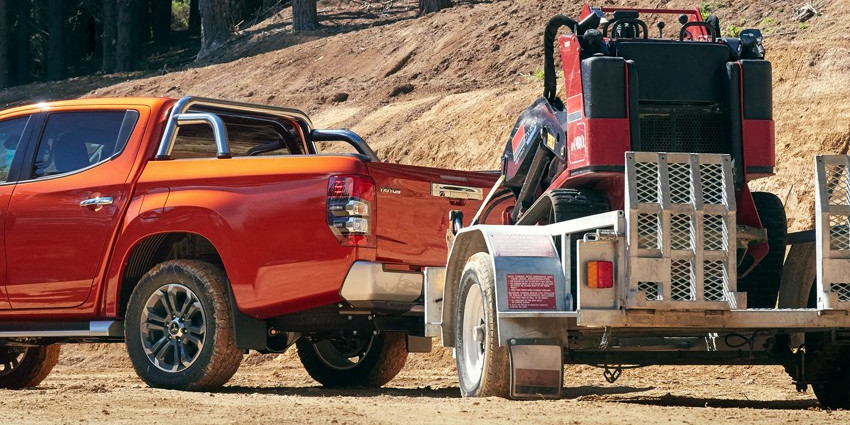
‘Ute Tax’ may need to rise to pay for discounts
From 1 April 2022 to the end of December, the total “ute tax” fees received by the government was $105.1 million.
However, the total amount of rebates paid out over the same period was $203.3 million, almost double what was taken in via the ‘ute tax’.
The Clean Car scheme is intended to be self-funding, so how is the $98.2 million shortfall going to be funded?
The Green Party’s transport spokeswoman Julie Anne Genter told the Herald that in other countries, fees had gone up on polluting cars to continue funding rebates on clean cars. She wants the same here.
“That is how the policy is designed, and it has been very successful in other countries. In France, for example, over 15 years they have moved to much higher fees on polluting vehicles,” Genter said.
What should you do?
A wise person would assume that something has to give. The odds seem to favour the government whopping up the ute tax rather than reducing the rebates.
Increases on the tax side will mean higher costs, which is especially significant for a large number of our clients who run commercial fleets of utes, vans and SUVs.
It’s timely we look at a special ute offer for those of you wanting to replace an old ute or accommodate fleet expansion, so here it is…
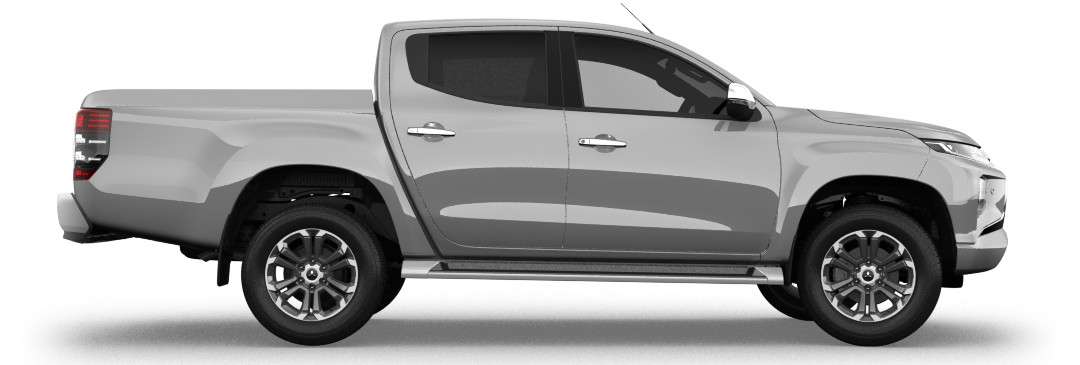
2023 Mitsubishi Triton GLX-R 4×4 Double Cab Diesel Auto
- Normally from $799 per month
- Special rate from $765 per month
- Includes all On Road Costs and the current Clean Car tax.
- Offer valid until Friday 3 March 2023
- See our Mitsubishi Triton page for details and full T&Cs.

Get in touch to learn more about the 2023 Mitsubishi Triton GLX-R 4×4 Double Cab Diesel Auto Ute…
|
